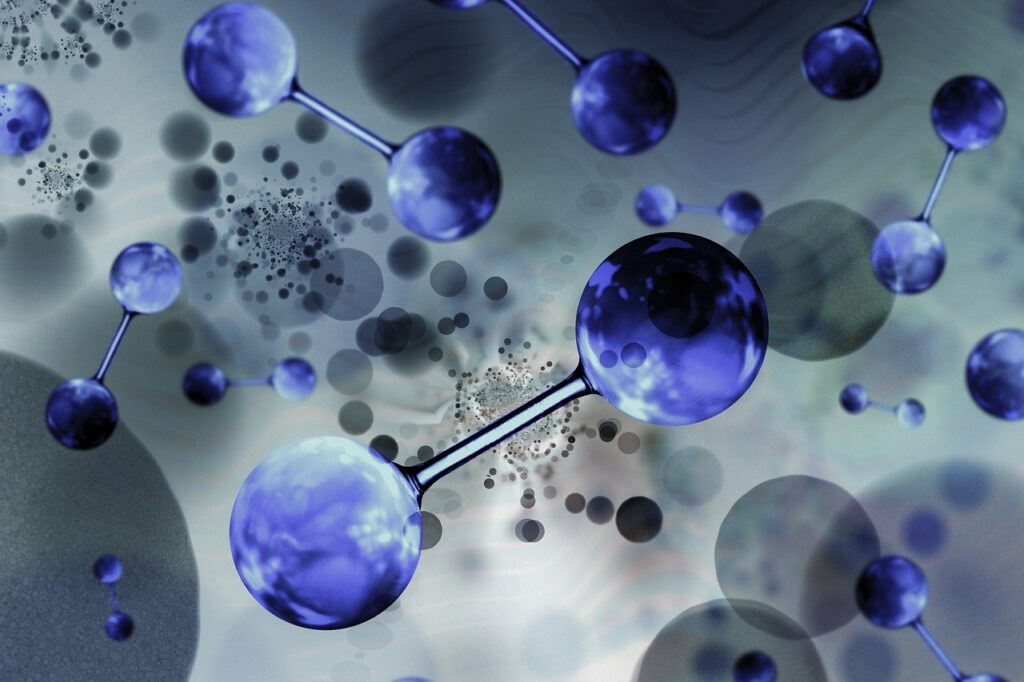Planet QEOS, KIS BIOCNG Sdn Bhd, and the Sarawak Land Consolidation and Rehabilitation Authority (SALCRA) have signed a tripartite memorandum of understanding (MoU) to develop a collaborative framework for producing bio-hydrogen using the Steam Biomethane Reforming (SBMR) Process.
The agreement, witnessed by Sarawak Premier Datuk Patinggi Tan Sri Abang Johari Tun Openg and other dignitaries, was finalized at the Asia Pacific Green Hydrogen Conference and Exhibition 2024 (APGH 2024).
The Steam Biomethane Reforming (SBMR) Process is central to this initiative. Planet QEOS will produce bio-hydrogen by leveraging this advanced technology, which utilizes biogas and bio-methane as feedstocks. KIS BIOCNG will supply the necessary technology for biogas and bio-methane production, ensuring a reliable feedstock source. SALCRA will contribute by providing the bio-methane feedstock from its palm oil mills and utilizing its existing biogas production facilities.
The partnership between Planet QEOS, KIS BIOCNG, and SALCRA aims to establish a sustainable and cost-effective bio-hydrogen production model. This initiative could serve as a proof of concept for harnessing waste from Sarawak’s extensive palm oil plantations, which cover 1.8 million hectares. The success of this project could potentially transform agricultural waste management and hydrogen production in the region.
Globally, the hydrogen energy sector is witnessing significant advancements. Europe and North America have seen substantial investments in green hydrogen projects, with nations like Germany and the Netherlands leading in technology and infrastructure development. For example, Germany’s Hydrogen Strategy aims to establish 5 gigawatts of electrolysis capacity by 2030. In contrast, the Sarawak initiative, while ambitious, is on a smaller scale but focuses on the innovative use of bio-waste, which differentiates it from other projects primarily using electrolysis with renewable electricity.





